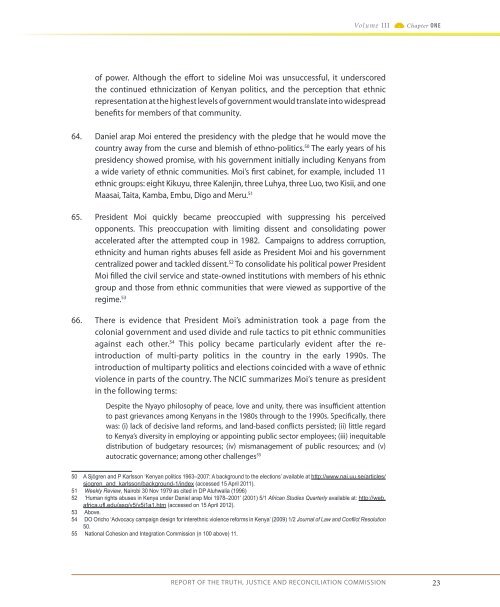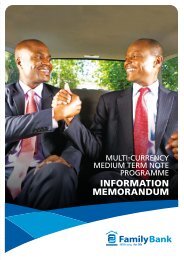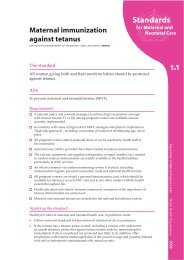1uvZ4zN
1uvZ4zN
1uvZ4zN
Create successful ePaper yourself
Turn your PDF publications into a flip-book with our unique Google optimized e-Paper software.
Volume III<br />
Chapter ONE<br />
of power. Although the effort to sideline Moi was unsuccessful, it underscored<br />
the continued ethnicization of Kenyan politics, and the perception that ethnic<br />
representation at the highest levels of government would translate into widespread<br />
benefits for members of that community.<br />
64. Daniel arap Moi entered the presidency with the pledge that he would move the<br />
country away from the curse and blemish of ethno-politics. 50 The early years of his<br />
presidency showed promise, with his government initially including Kenyans from<br />
a wide variety of ethnic communities. Moi’s first cabinet, for example, included 11<br />
ethnic groups: eight Kikuyu, three Kalenjin, three Luhya, three Luo, two Kisii, and one<br />
Maasai, Taita, Kamba, Embu, Digo and Meru. 51<br />
65. President Moi quickly became preoccupied with suppressing his perceived<br />
opponents. This preoccupation with limiting dissent and consolidating power<br />
accelerated after the attempted coup in 1982. Campaigns to address corruption,<br />
ethnicity and human rights abuses fell aside as President Moi and his government<br />
centralized power and tackled dissent. 52 To consolidate his political power President<br />
Moi filled the civil service and state-owned institutions with members of his ethnic<br />
group and those from ethnic communities that were viewed as supportive of the<br />
regime. 53<br />
66. There is evidence that President Moi’s administration took a page from the<br />
colonial government and used divide and rule tactics to pit ethnic communities<br />
against each other. 54 This policy became particularly evident after the reintroduction<br />
of multi-party politics in the country in the early 1990s. The<br />
introduction of multiparty politics and elections coincided with a wave of ethnic<br />
violence in parts of the country. The NCIC summarizes Moi’s tenure as president<br />
in the following terms:<br />
Despite the Nyayo philosophy of peace, love and unity, there was insufficient attention<br />
to past grievances among Kenyans in the 1980s through to the 1990s. Specifically, there<br />
was: (i) lack of decisive land reforms, and land-based conflicts persisted; (ii) little regard<br />
to Kenya’s diversity in employing or appointing public sector employees; (iii) inequitable<br />
distribution of budgetary resources; (iv) mismanagement of public resources; and (v)<br />
autocratic governance; among other challenges 55<br />
50 A Sjögren and P Karlsson ‘Kenyan politics 1963–2007: A background to the elections’ available at http://www.nai.uu.se/articles/<br />
sjogren_and_karlsson/background-1/index (accessed 15 April 2011).<br />
51 Weekly Review, Nairobi 30 Nov 1979 as cited in DP Aluhwalia (1996)<br />
52 ‘Human rights abuses in Kenya under Daniel arap Moi 1978–2001’ (2001) 5/1 African Studies Quarterly available at: http://web.<br />
africa.ufl.edu/asq/v5/v5i1a1.htm (accessed on 15 April 2012).<br />
53 Above.<br />
54 DO Oricho ‘Advocacy campaign design for interethnic violence reforms in Kenya’ (2009) 1/2 Journal of Law and Conflict Resolution<br />
50.<br />
55 National Cohesion and Integration Commission (n 100 above) 11.<br />
REPORT OF THE TRUTH, JUSTICE AND RECONCILIATION COMMISSION<br />
23






